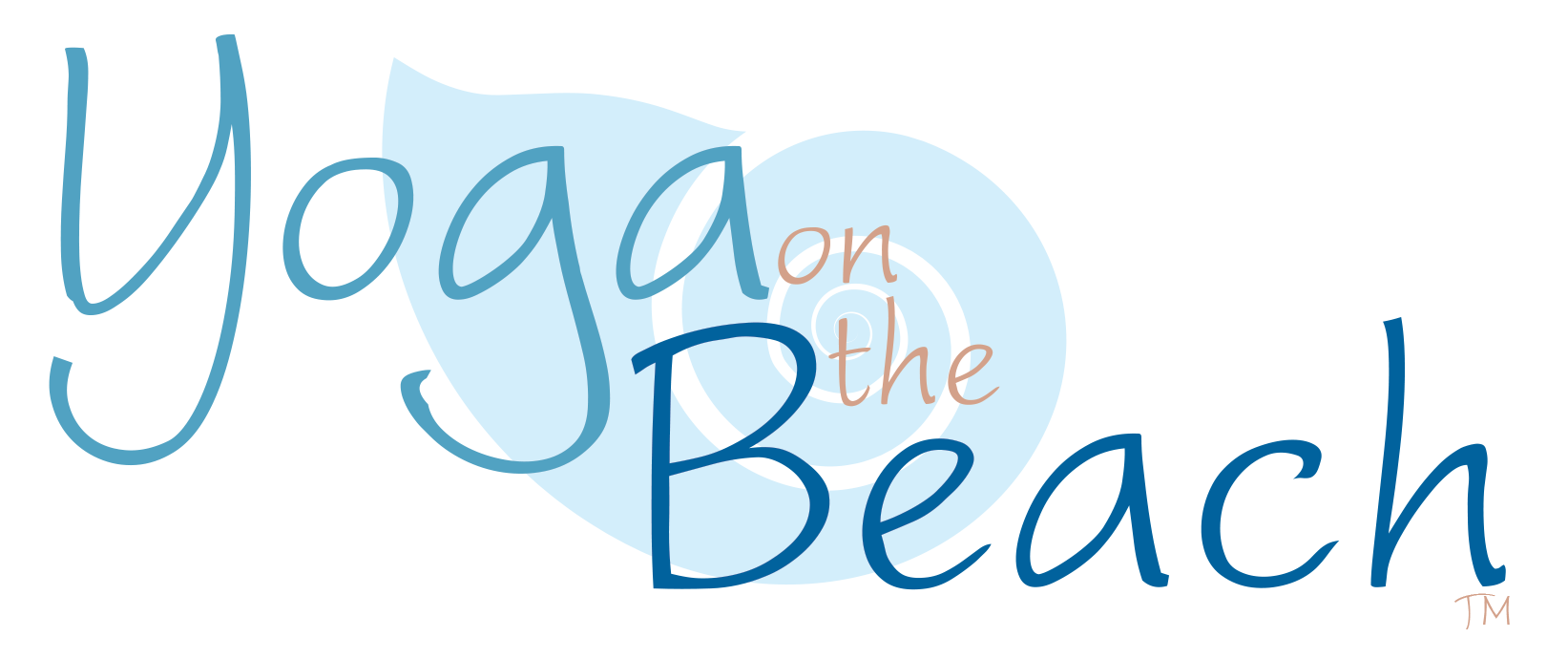Resolve 2016 – Sankalpa
2016 is here and for many of you this new year has brought forth your dreams, New Year’s Resolutions or maybe an intention. Reflect for a moment on past New Year’s Resolutions. Some of them may have been fulfilled or changes made, while for other resolutions you may have had great intention yet somewhere along the way the will dissolved or the intention was distracted.
The yoga tradition includes a practice of resolve called Sankalpa. The meaning is to vow or commit to that which is our highest or true nature. It often is rooted in aspects that already exist, and we vow to uphold, express, live them.
It is important to understand the difference between what you may have been taught about New Year’s resolutions and Sankalpa. Let’s begin by looking at how many make up resolutions that are about doing something different, often reflected on what is lacking or too much in their life. The resolutions then reflect doing more or less of something. “I weigh too much and vow to lose the weight this year” or “I don’t exercise enough and I’m going to exercise 3x per week” are examples of resolutions that are viewed from a perspective of not enough or too much that bring us to an action or doing something different.
A Sankalpa begins from recognizing something powerful and deeply heartfelt. We already know that this exists in us and our vow is to become it in our live choices or way of being in the world. A Sankalpa becomes a mantra or affirmation of what IS that helps to keep it in our field of consciousness. “I vow to be compassionate.” “I feel compassion towards others.” “I am compassionate.” All of these would be ways to express one’s Sankalpa. Personally I find that present tense statements (rather than future tense) empower the Sankalpa.
The first step is to be still, listen to your heart’s desires and feel. Sankalpa is feeling derived rather than a thought process. For many of us steeped in action, running from here to there, you will need to slow down and find stillness and silence to listen to the heart. Feeling what is birthing within is that first step, then proclaiming it often during the course of your day will help nurture it into being.
Awakening it with your mantra or affirmation would be the next step. Remember to empower it with a present tense verb of being. An example would be to transform an affirmation like “I will be more patient” becomes “I am patient.” “I want more love in my life” would become “I am loving.” Then vow to speak it out loud or to yourself often, and do it daily. You might find it helpful to link it with an activity during the day like brushing your teeth, going in or out of your car, or at mealtimes. I find it even more powerful to link it to those thoughts or actions that are in opposition to that which I am vowing. For example thoughts of fear or judgment might be the perfect time to proclaim, “I am loving.”
Your yoga practice will also help you to settle inward, and hear your heart’s desire. As you transform through the practice of yoga you may feel an alignment to your heart’s desires, which creates a sense of ease in releasing those “ways” that no longer serve you. You may have already experienced the letting go of something in your life that seemed so easy and natural that you dismissed it in some way, as you are used to more difficulty in changes in your life. Enjoy the sweetness that comes with this form of change. Embracing that each of us has the potential to transform with ease can be a keystone to the practice of Sankalpa We are simply breathing life into those parts of us that already exist.
I wish you a most splendid New Year, and may your heart’s desires be realized as you create them through Sankalpa.

